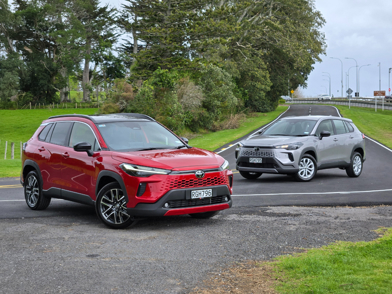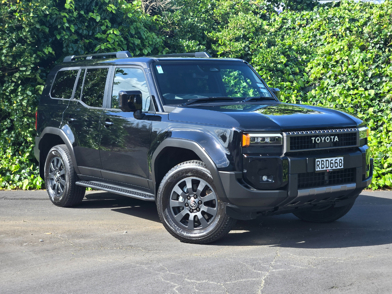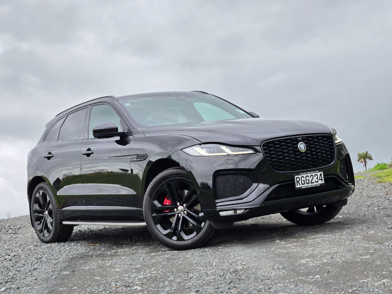A year after launch in New Zealand, Volvo’s EX30 baby EV-SUV is grabbing attention in a couple of new ways. First, a price realignment. It used to start at $78,990 for the single-motor model and top out at $84,990 for the super-fast “Twin Motor Performance” version. Now, the single-motor is just $63,990, while the twin-motor is $69,990.
Click here to read our full review of the Volvo EX30 Ultra RWD
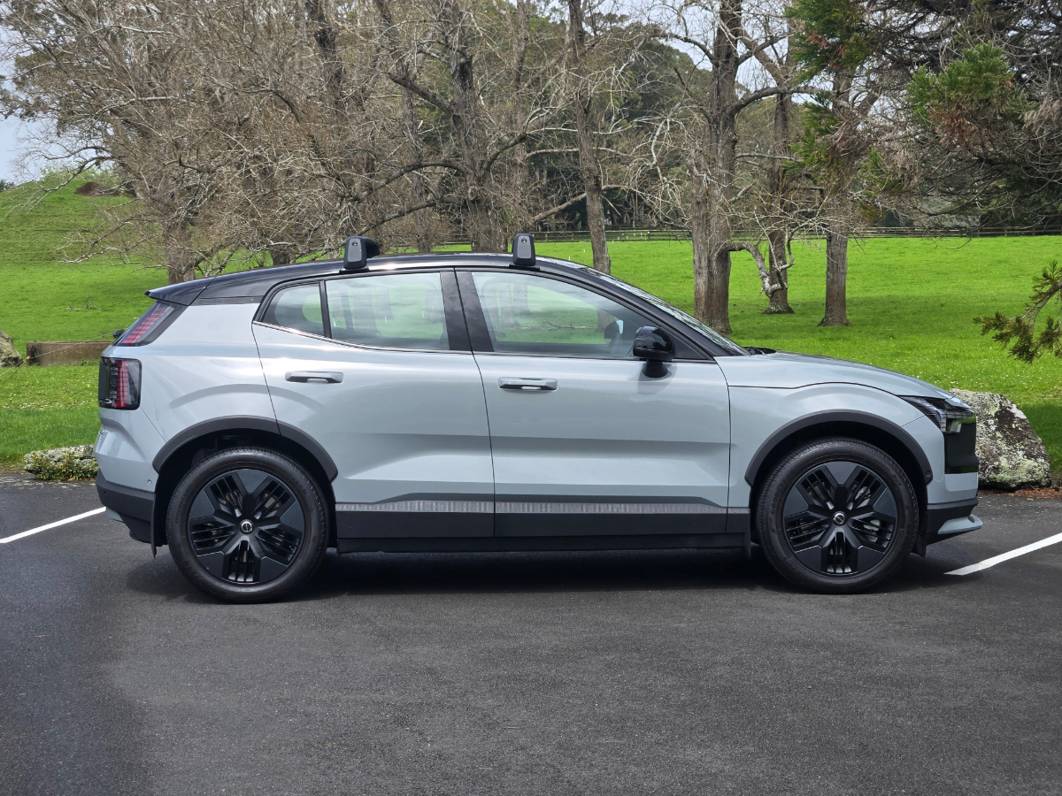
Actually, the twin-motor model is also the second thing to take notice of: it’s bigged-up into the car you see here, the EX30 Cross Country. It’s a bit of heritage branding for a new-gen EV: Cross Country (formerly “XC”) is a line introduced way back in 1997, for crossover Volvo wagons with a bit of rugged SUV style.
The EX30 isn’t a wagon… but this thing is as cute as a country picnic. It rides 19mm higher, but 7mm of that is thanks to the taller tyres. There’s a lot of “low gloss” exterior trim, faux-skid plates and a front fascia with a topographical map of Kebnekaise Mountain Range in Sweden.
It’s super-stylish on the outside and stunning in the cabin. Volvo is really good at this kind of thing: the interior is minimalist but also beautifully crafted, with curvaeous shapes, interesting colours (ours has Indigo detailing, but you can also have Pine) and lots of sustainable materials.
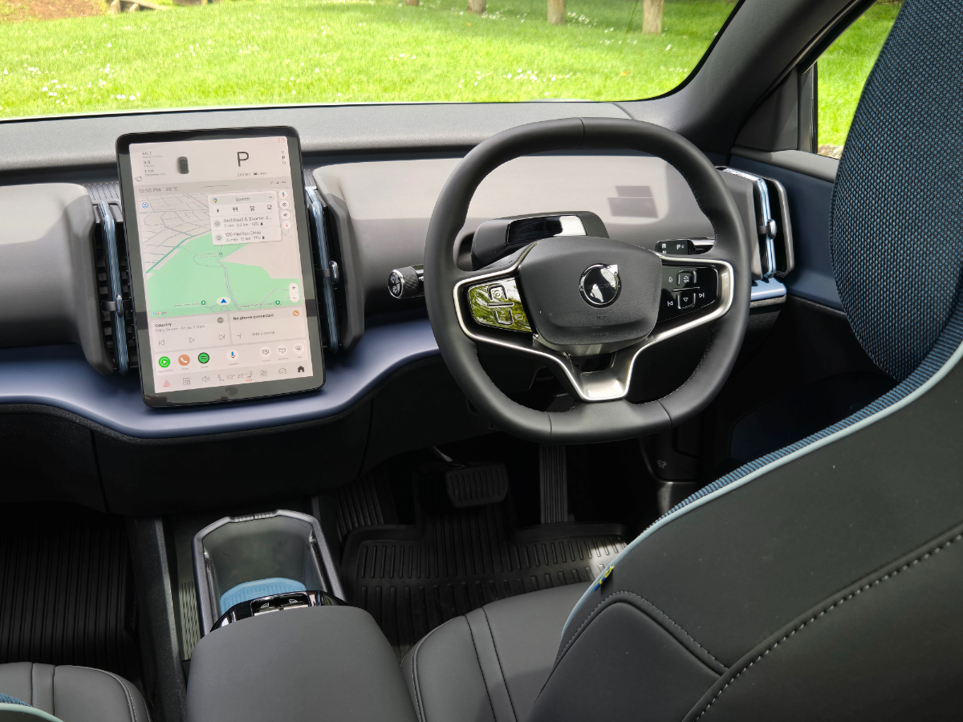
Not a lot of buttons, though. Volvo was one of the first makers to remove most physical switchgear from the cabin in favour of touch controls in the infotainment screen. The 2012 XC90 made headlines for having just 8 buttons.
It's a bit of heritage branding for a new-gen EV. And this thing is as cute as a country picnic.
Eight seems like a lot in 2025. The EX30 has just two, for left and right-side power windows (they double for front/rear via a touch control, Volkswagen ID-style).
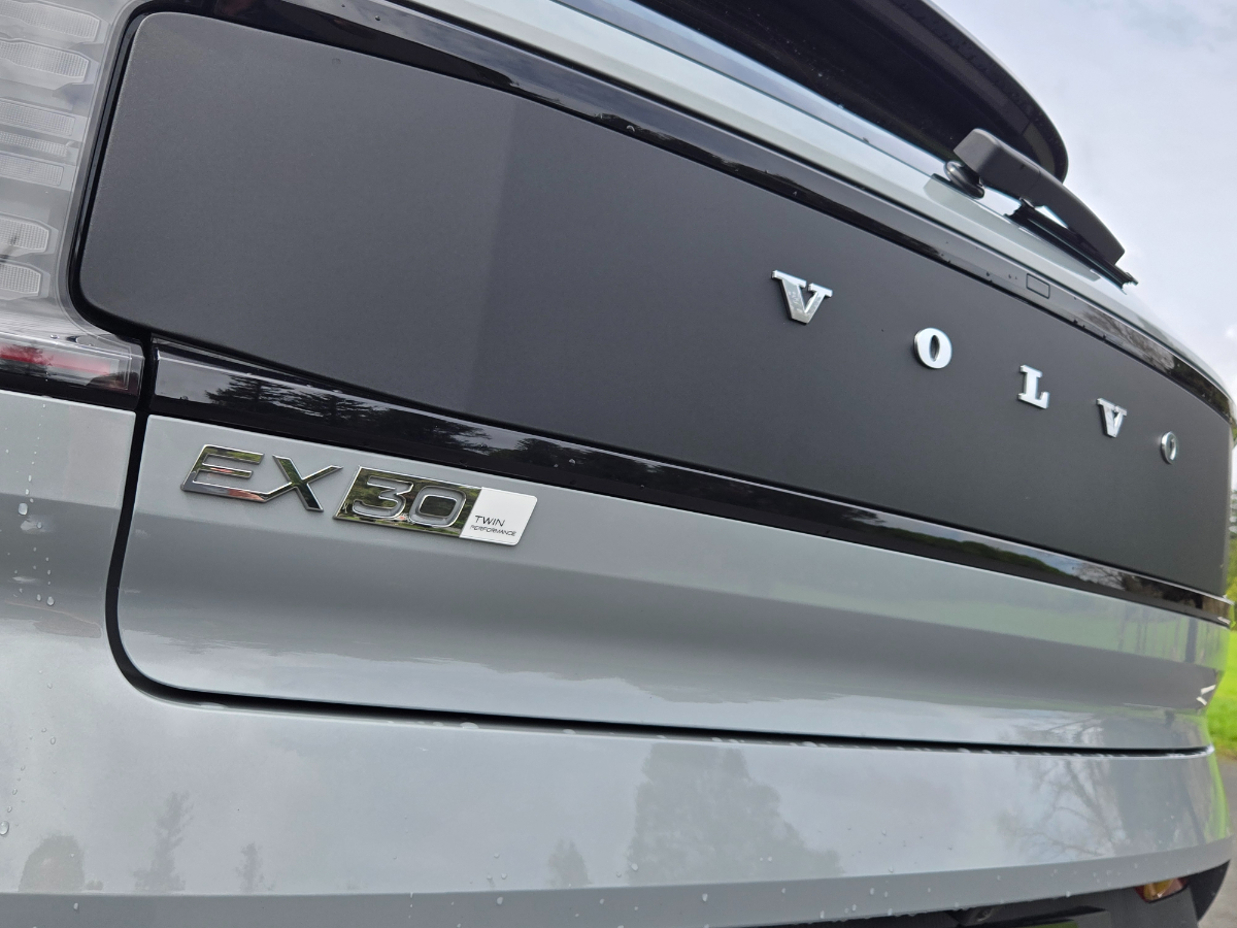
So everything’s in the screen, and a fairly small screen at that: a 12.3-inch portrait display.
Design, ergonomics and comfort are all on-brand conversation topics for Volvo. But how about crazy-fast performance?
The EX30 has had a number of well-publicised issues with software bugs globally since launch, and indeed our last single-motor test car had a few frustrating glitches. Based on our experience with this car, they’re mostly sorted. And updates have improved the layout of the screen as a whole.
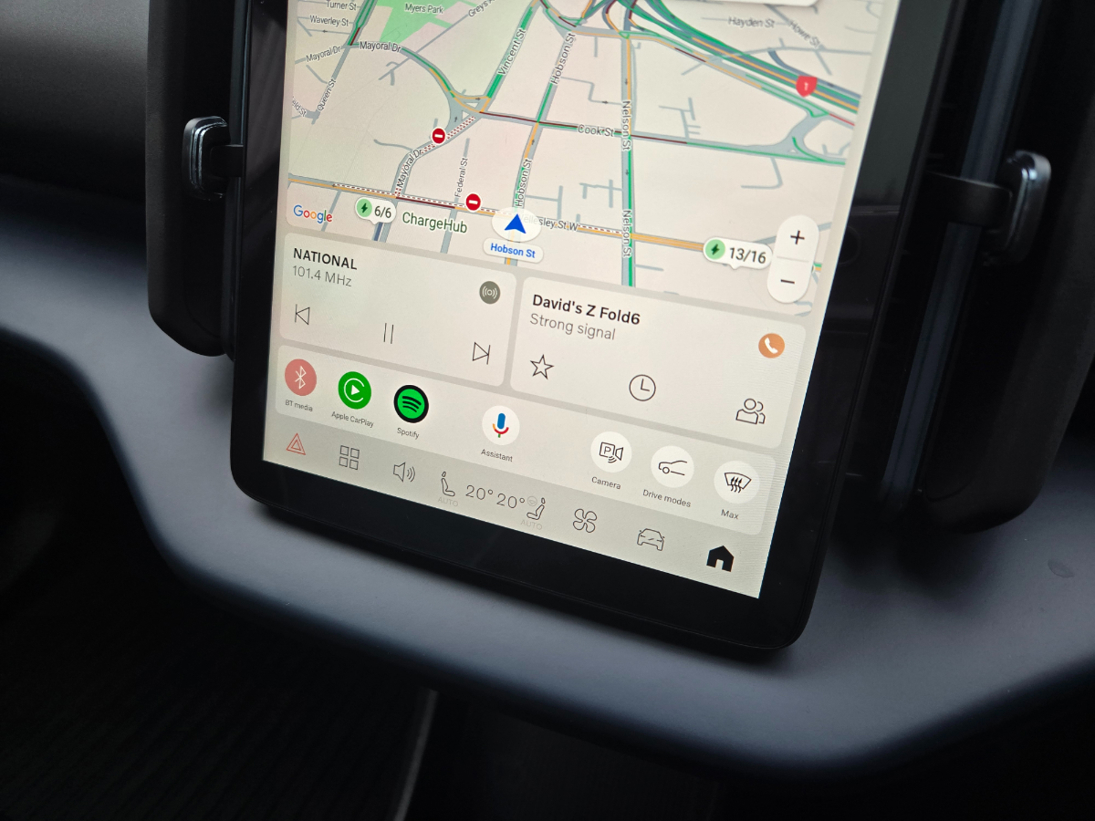
In fact, Volvo has done a lot with the space. It boasts a fully integrated Google operating system, with a map that dominates the display. You can choose to include a couple of lower segments that show your audio choice and phone status, or let the map override them.
It’s super-stylish on the outside and stunning in the cabin. Volvo is really good at this kind of thing: the interior is minimalist but also beautifully crafted.
But there’s also a Polestar-style (funny that) dock at the bottom with an array of often-used shortcuts, such as media, 360-degree camera and drive modes.
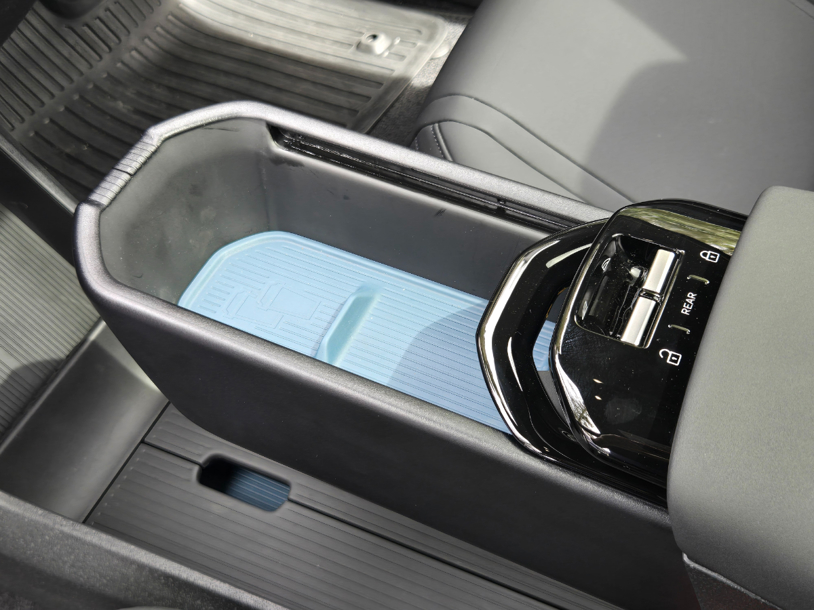
Pretty good; but not perfect. Consider the side mirror controls, which are buried in the main infotainment menu and require four clicks to get to from the home screen. You can’t set them to auto-dip and because the screen menu needs to be active for the controls on the steering to work, you also can’t select that function while in reverse, with the camera display.
If you’re a bit OCD and like to park precisely against the kerb (surely this is Volvo people all over), it’s frustrating.
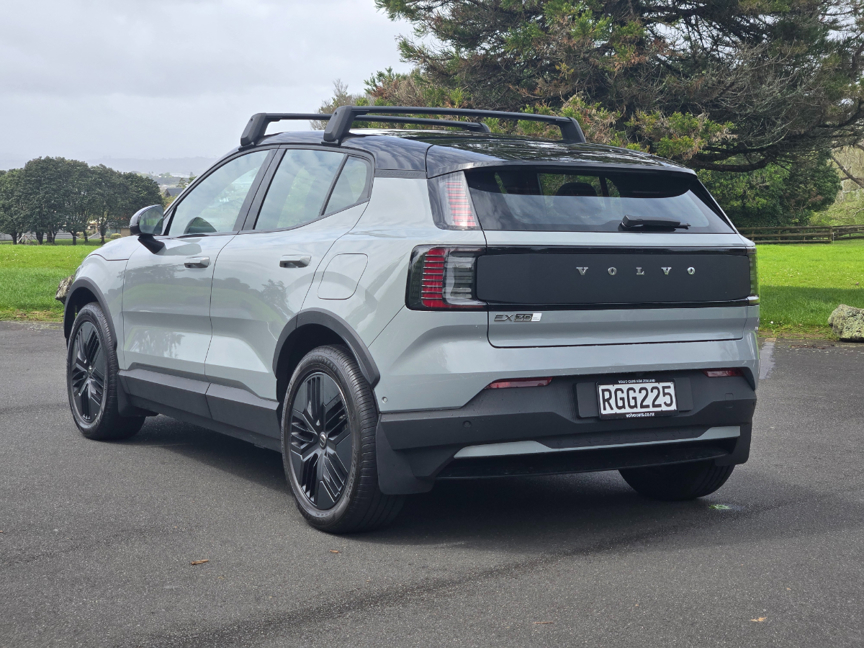
Design, ergonomics and comfort are all on-brand conversation topics for Volvo. But how about crazy-fast performance?
For day-to-day driving, the EX30 Cross Country is impressively calm and comfort-oriented; a bit softer even than the single-motor, thanks to the taller tyre sidewalls. It plays the part of soothing, style-oriented city SUV perfectly.
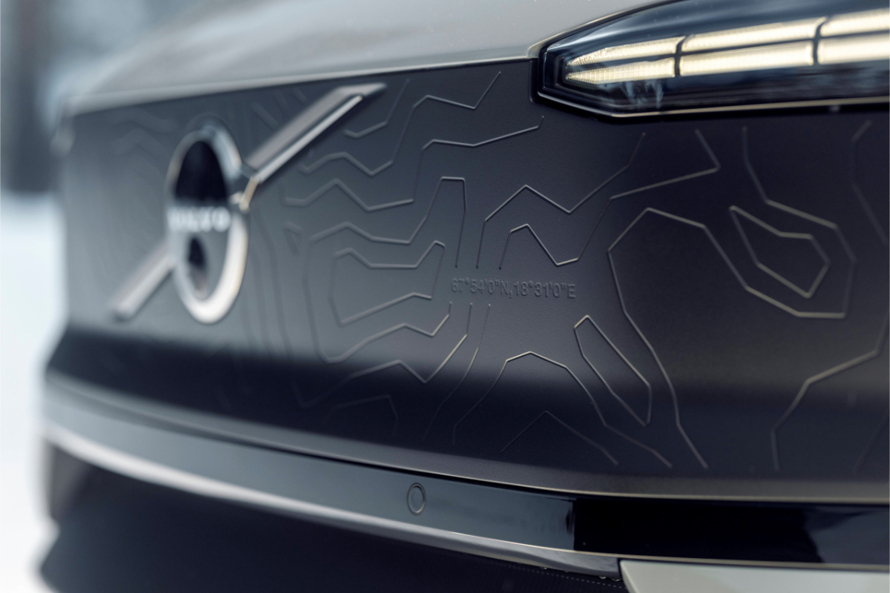
The twin-motor’s little secret is a total output of 315kW and 0-100km/h in 3.7 seconds, which feels even more hilariously fast in something so… practical. And to be fair, Volvo does have form here, if you remember the lunatic T5/R versions of the 850 and V70 wagons. So that’s another Volvo tradition the EX30 Cross Country taps into.
Volvo has calibrated the EX30 twin-motor nicely. In Eco or Normal models the steering and throttle responses are quite linear, relaxed even. Click Performance and the Cross Country changes direction and velocity with shocking alacrity.
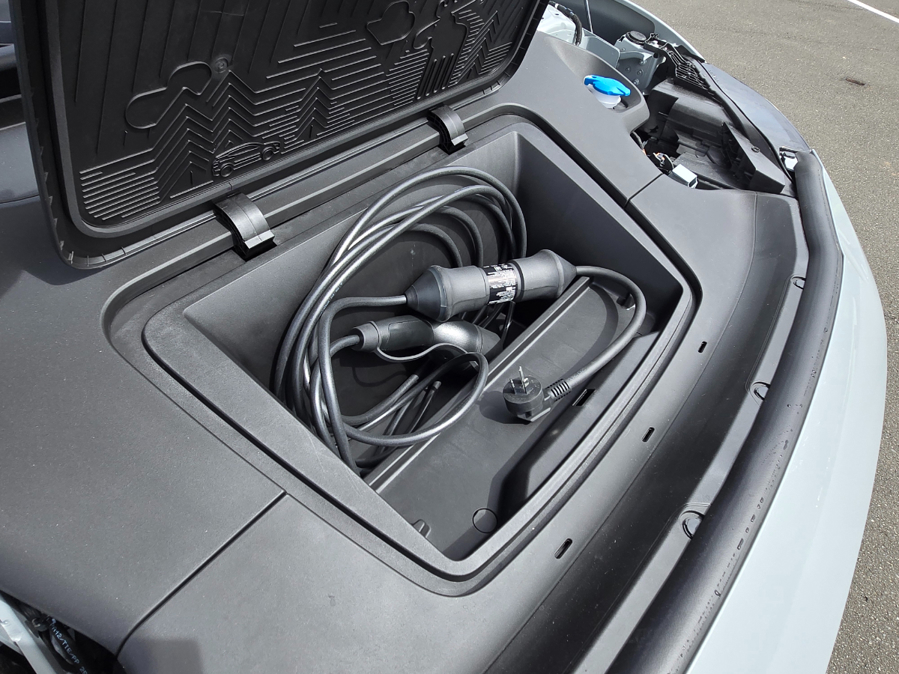
The suspension is still quite soft, mind, but that works in its favour because it’s so well-damped. You can steer it on the throttle with bites of understeer and oversteer, but once it settles it’s immediately stable, and simply squats down and powers away.
Lots of fast EVs have dead steering and suspension that’s way too stiff. The Volvo offers good feedback through the wheel and offers enough chassis compliance to be highly engaging, without making you feel like you’re about to bounce off the edge of the road when all the weight transfer happens.

It’s a hoot. Put aside the likes of exotic stuff like the Porsche Taycan and this is one of the most entertaining high-performance EVs you can buy - at least if you like corners.
Bring the likes of the Taycan back into the equation and the Volvo still scores for sheer engagement and enjoyment.
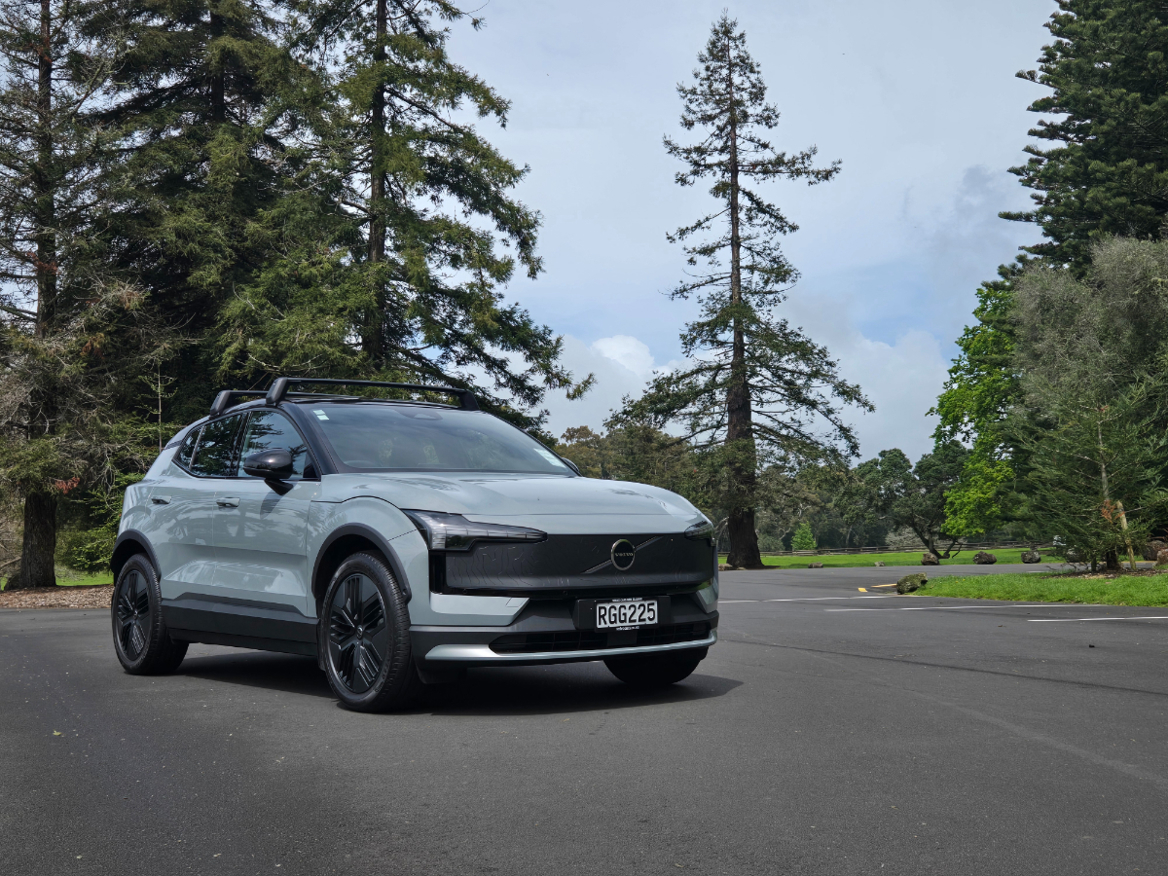
We get why Volvo doesn’t offer a single-motor EX30 Cross Country; it’s always been firm on these models being able to venture off-tarmac. But this-spec EX30 is such an exquisite piece of design inside and out, there’s surely an opportunity for a lower-powered twin-motor model. How many people really need to go this fast?
However, for $70k we’ll take this one as it is. It brings on big smiles in so many ways.



















